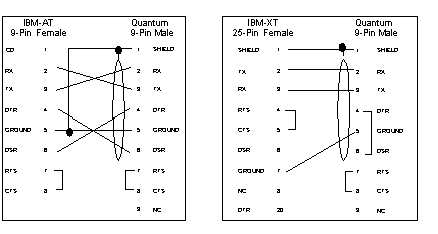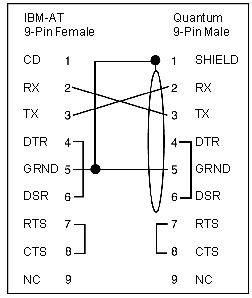|
Presentation
|
|
|
Original instructions
|
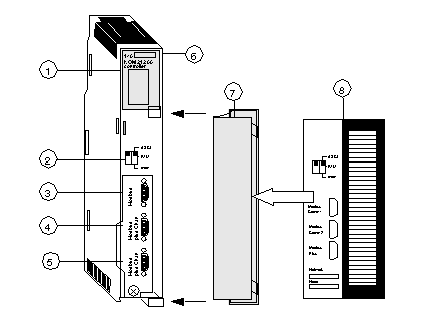
1LED Area
2Comm Parameter Slide Switch
3Modbus Connector
4Modbus Plus Connector (Chan A)
5Modbus Plus Connector (Chan B)
6Model Number, Module Description, Color Code
7Removable door
8Customer Identification Label, (Fold label and place it inside door)
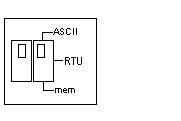
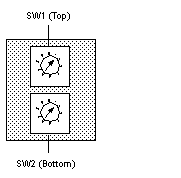
|
Node Address
|
SW1
|
SW2
|
|---|---|---|
|
1 ... 9
|
0
|
1 ... 9
|
|
10 ... 19
|
1
|
0 ... 9
|
|
20 ... 29
|
2
|
0 ... 9
|
|
30 ... 39
|
3
|
0 ... 9
|
|
40 ... 49
|
4
|
0 ... 9
|
|
50 ... 59
|
5
|
0 ... 9
|
|
60 ... 64
|
6
|
1 ... 4
|
|
Baud
|
2,400
|
|
Parity
|
Even
|
|
Data Bits
|
7
|
|
Stop Bits
|
1
|
|
Device Address
|
Rear panel rotary switch setting
|
|
Baud
|
9,600
|
|
Parity
|
Even
|
|
Data Bits
|
8
|
|
Stop Bits
|
1
|
|
Device Address
|
Rear panel rotary switch setting
|
|
Baud
|
19,200
|
1,200
|
|
|
9,600
|
600
|
|
|
7,200
|
300
|
|
|
4,800
|
150
|
|
|
3,600
|
134.5
|
|
|
2,400
|
110
|
|
|
2,000
|
75
|
|
|
1,800
|
50
|
|
Data Bits
|
7 / 8
|
|
|
Stop Bits
|
1 / 2
|
|
|
Parity
|
Enable/Disable Odd/Even
|
|
|
Device Address
|
Rear panel rotary switch setting
|
|
